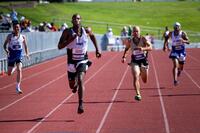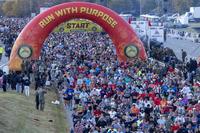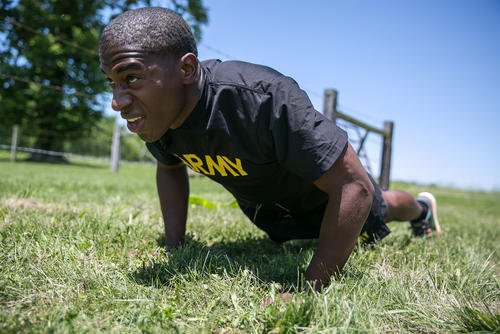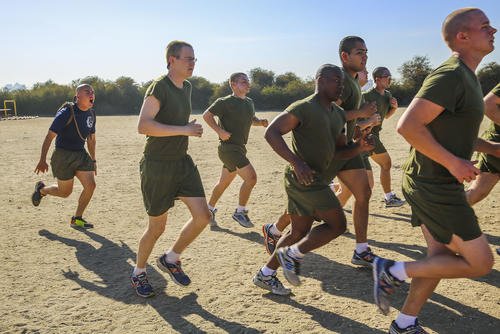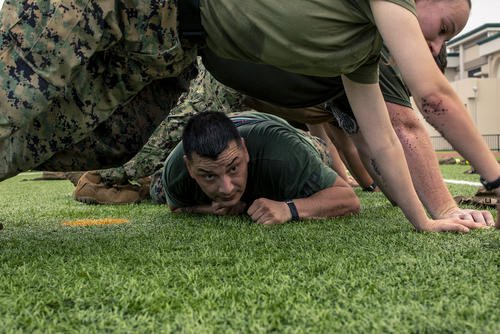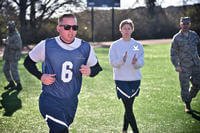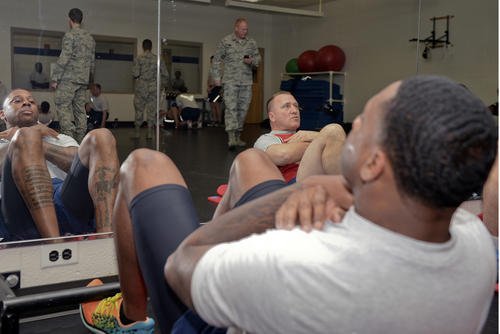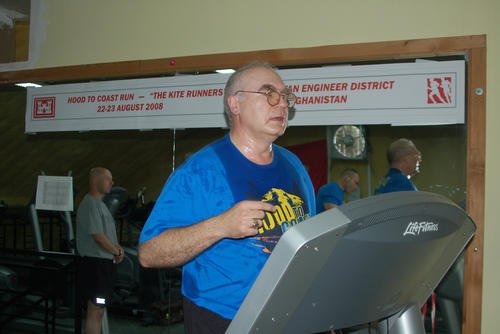You may be new to exercise and looking up workouts online or in magazines. You may be joining a friend in a new workout routine. Whatever your exercise style, it's important to ease your way into any new program, because it's so easy to make critical errors in the beginning.
When jumping into a training program that is not personally designed for your starting abilities, you may end up nursing overuse injuries or severe soreness. Even if you have the same goal as the routine specifically addresses, it is up to you to make changes that fit your ability, schedule, facilities and equipment.
Be wary of making the following common mistakes when starting your new exercise regimen.
Doing Too Much or Going Too Fast, Too Soon
Most people jump into a plan that requires higher volume in running distance, repetitions and days of intense training per week than they should. When beginning, treat yourself like a beginner, not some intermediate to advanced athlete. Even if you used to do it this way years ago, that does not mean your body can immediately return to that level of training.
How to avoid this: If you are using a plan not designed for you, learn how to adapt it by reducing the miles per week of running or repetitions of calisthenics and weight training. For example, if you are new to running, replace all running with non-impact cardio or walking for the first few weeks. You may need only three days a week at first, so don't jump into a five- or six-day training plan every week.
Having Unrealistic Expectations
Most of us are excited at first to start a new exercise routine. However, this motivation phase quickly ends, as the results you thought were coming are small and barely noticeable. It takes time and consistent effort to get stronger and faster and to lose weight.
How to avoid this: Patience is required. Play the long game. Realize that there is no immediate gratification with performance and aesthetic goals. Focus on how you feel after exercising. In a few days, you will start to feel better. In a few weeks, you will notice changes in how you look. In a few months, you will see progress and new habits formed. In a year, you will notice a complete lifestyle change. You will be a different person.
Skipping Warmups and Cooldowns
Even some avid fitness buffs do not properly warm up and cool down. But these steps are essential to helping you prevent injuries and improve performance, plus they can be used as transitions to moving if you have just awakened or been sitting for long periods.
How to avoid this: Make the warm-up and cool down an essential part of your workout that blends into the workout itself. Many use a warmup to gauge how they feel. If you do not feel like exercising today, try the warmup. Often, it will help motivate you to train or to go lighter and do basic stretching and light movements if you are sore and tired.
Not Checking Your Ego
Most people who have trained for years can remember previous injuries and setbacks. The main culprits for overuse injuries and performance plateaus are: lifting too heavy, running too far, running too fast (not warming up), doing too many reps, and not acknowledging that you need good nutrition and rest. While these can be accidental, our egos typically get in the way of logical progressions.
How to avoid this: Avoid injuries and maintain fitness training, which must be a goal. You can still train hard and push yourself, but anytime you are required to exert more than 80% of maximum effort, make sure you are warmed up and have avoided potential issues like improper form, gear or safety before going for it. As I aged into my 40s and 50s, I started adhering to the guideline of 80% is the new 100% – and it has been years since I’ve had to miss a workout due to pain or injury.
Forgetting Fitness Is Not a Destination
For some, achieving a goal creates a dead-end training phase. Whether it is a weight-loss goal, maximum weight lifted, fitness test or other accomplishment, congratulate yourself and keep moving.
Remember, fitness is a journey. There will be new goals and bigger improvements, but eventually, you must realize that fitness is part of your daily schedule for physical and mental health. If you want to turn performance and aesthetic goals into longevity, fitness must become a lifestyle, like taking a shower and brushing your teeth.
For more information on fitness training for any goal, check out the Military.com Fitness Section for hundreds of articles on workout design, nutrition, recovery, fitness testing, military preparation and much more.
Want to Learn More About Military Life?
Whether you're thinking of joining the military, looking for fitness and basic training tips, or keeping up with military life and benefits, Military.com has you covered. Subscribe to Military.com to have military news, updates and resources delivered directly to your inbox.


